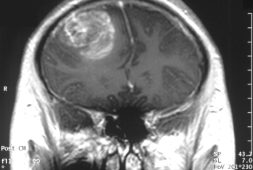3. Coughing

For many of the confirmed cases of COVID-19, coughing was one of the first indicators of an upper respiratory tract illness taking effect on their body. According to the World Health Organization, or WHO, the cough associated with COVID-19 is particularly a dry cough. Unlike most cases of cough wherein the coughing is triggered by a buildup of phlegm clogging up the airways, and the coughing expels the phlegm, a dry cough is one where there is very little or almost no phlegm expelled, usually because the phlegm is too thick and dry. The trigger for a dry cough reflex is usually an itch or dryness in the throat, which by then is more sensitive than usual. This is one of the body’s mechanisms to rid itself of pathogens (i.e. viruses and bacteria), including SARS-CoV-2, by coughing out the phlegm (regardless of the amount of phlegm expelled). The cough in COVID-19 cases usually starts out mild and if it progresses or worsens, it would usually do so gradually.
Some confirmed COVID-19 cases were totally asymptomatic, which means they exhibited no symptoms of the disease. Some cases exhibited some symptoms, but did not even have a cough to begin with.
Take note that a cough on its own is not a clear indicator of COVID-19. There are several diseases that include coughing as one of their symptoms, so coughing could mean COVID-19 or it could mean something else. It would be advisable to check if, aside from the dry coughing, you have the other signs and symptoms listed in this article, to get a better picture of what you’re dealing with when you check with a Medical Doctor.



